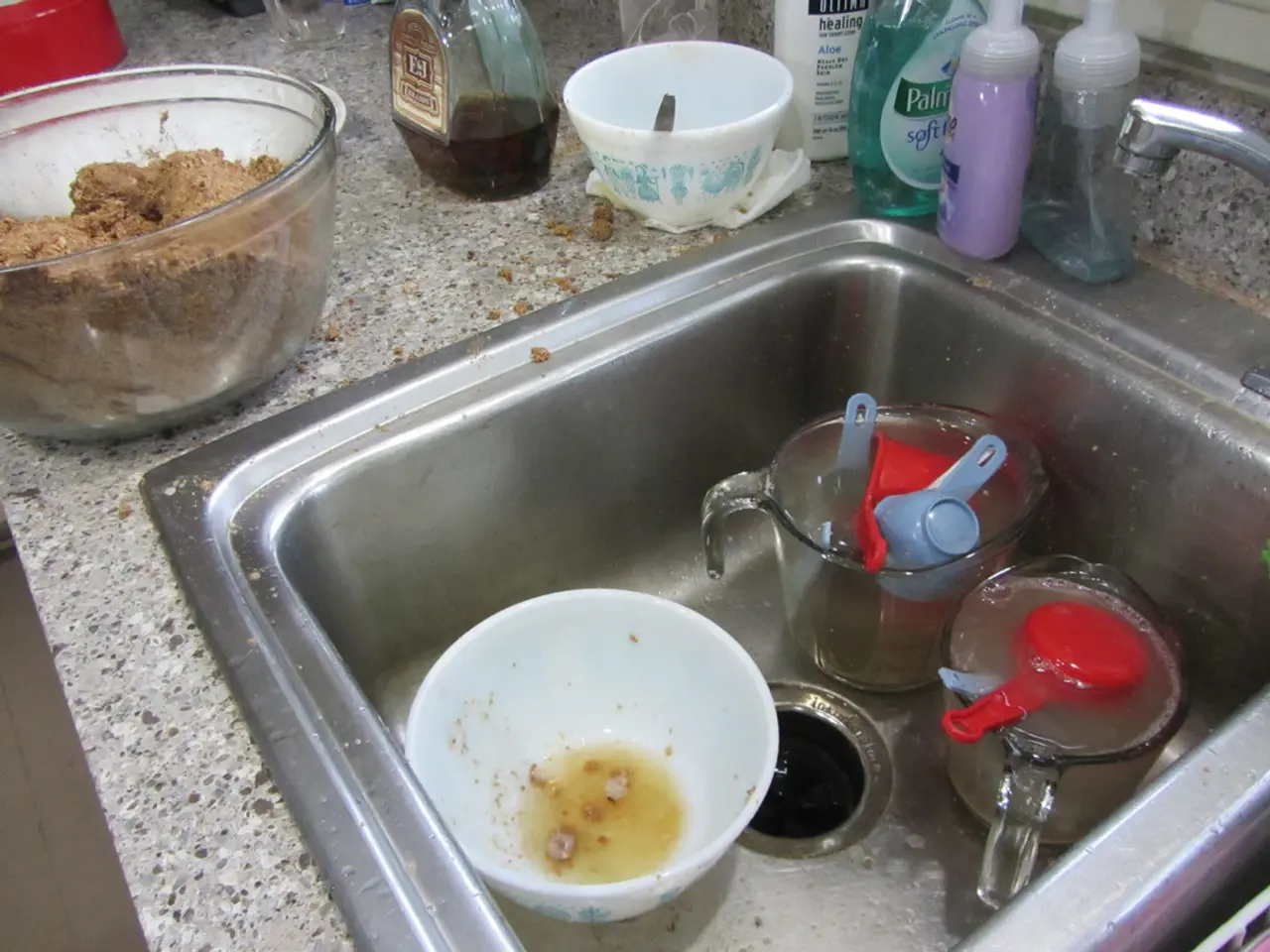Cholera's Persistent Threat: 1.3 to 4 Million Cases Annually
Cholera, a severe bacterial infection once rampant, has been largely eliminated in many countries thanks to modern sewage and water treatment systems. However, it remains a threat in regions affected by conflict, poverty, and natural disasters, with an estimated 1.3 to 4 million cases worldwide each year.
Cholera is caused by the Vibrio cholerae bacterium, which disrupts the normal flow of electrolytes in the small intestine. Symptoms can range from mild to severe, with most people experiencing few or no symptoms, while others develop sudden diarrhea, nausea, vomiting, dehydration, and electrolyte imbalance. In severe cases, children may suffer drowsiness, fever, convulsions, and even coma, with death possible within hours if left untreated.
The disease is typically contracted through contaminated water. Vaccines, originating from early 20th-century developments, are available and have proven effective. Pioneers like Emil von Behring created the first cholera vaccines for military use during World War I, while Filippo Pacini and Robert Koch identified and studied the Vibrio cholerae bacterium, enabling vaccine development based on understanding of the pathogen and its cholera toxin.
Cholera, though preventable and treatable, continues to pose a significant threat in vulnerable regions. With proper hygiene, clean water, and vaccination, its spread can be effectively controlled, saving millions from this potentially deadly disease.
Read also:
- Is it advisable to utilize your personal health insurance in a publicly-funded medical facility?
- Dietary strategies for IBS elimination: Aims and execution methods
- Benefits, suitable dosage, and safety considerations for utilizing pumpkin seed oil in treating an overactive bladder
- Harmful Medical Remedies: A Misguided Approach to Healing






